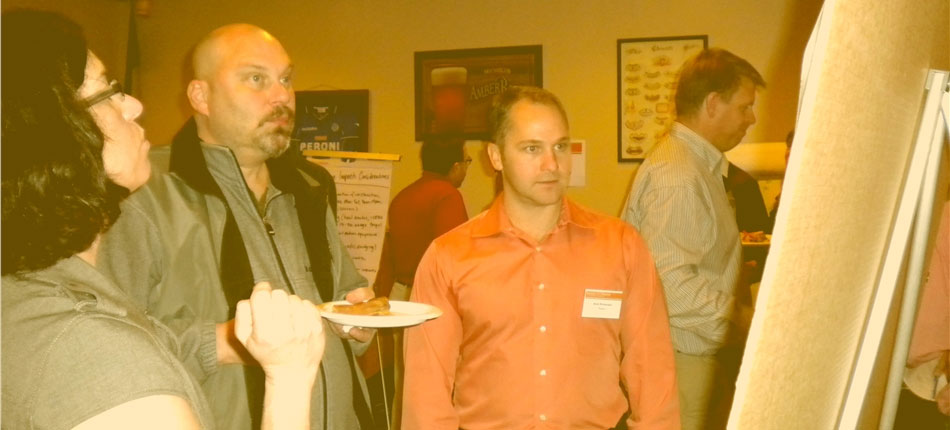The Lower Duwamish Waterway could be the poster child for overlooked, neglected waterways. A vital component of Seattle’s maritime economy since the city was founded, the waterway showed the signs of decades of heavy industry happening on her shores – so much so that the U.S. Environmental Protection Agency (EPA) designated the waterway as a Superfund site in 2001.
Along the banks of the Duwamish is Terminal 117, a property now owned by the Port of Seattle. The site was marked for early cleanup because the river bank and sediment in the waterway in this area have high concentrations of PCBs (polychlorinated biphenyls). Under the direction of EPA, the Port of Seattle partnered with the City of Seattle to develop a cleanup plan for the site.
T-117 is adjacent to a residential neighborhood as well as several local businesses, in the midst of a very diverse community. EnviroIssues developed a public involvement and communications strategy that addressed the regulatory requirements that are part of a Superfund cleanup, recognized the variety of stakeholder needs and concerns, and deployed creative approaches to communicating with hard-to-reach audiences.
EnviroIssues’ approach included standard activities and materials such as community meetings, briefings to elected officials, fact sheets, FAQs, a robust website, and flyers delivered door-to-door. But we also created multiple materials in a variety of languages. We brought coffee and donuts to the local food bank, ensuring we had Spanish speakers on hand to answer questions for that particular community. We developed coloring sheets for kids that explained the cleanup process. We kept a “listening log” of all comments received and posted them on the website. We took the conversation to each corner of the community, facilitating a dialogue with residents, business owners, and anyone else interested in the future of T-117.
Did we mention that it’s part of a Superfund site? So all of our efforts specific to T-117 were coordinated with the broader cleanup efforts throughout the Duwamish.
By the time cleanup began, the community was supportive of and invested in the outcome – the best mark of success for any public involvement process.

